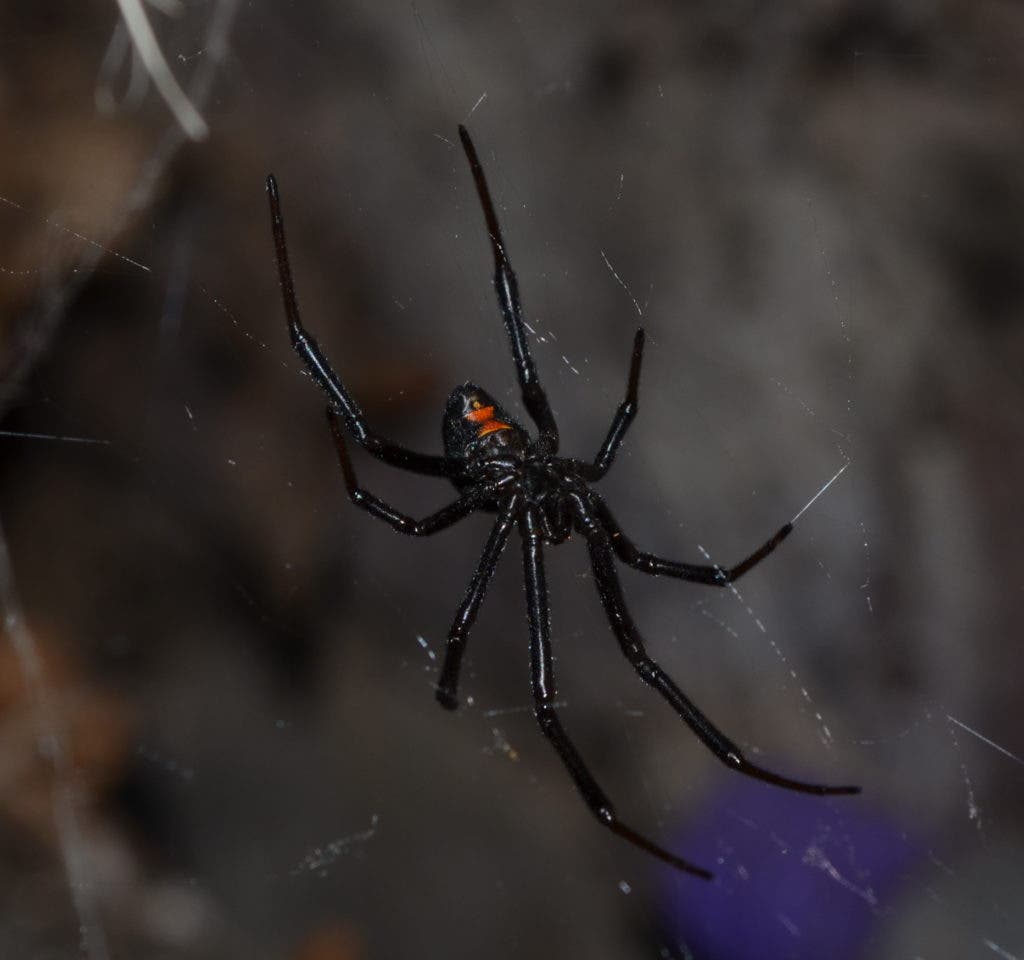The black widow is starting to share its secrets: researchers have understood a key aspect of how these spiders turn proteins into extremely strong fibers, something which can ultimately be used to develop stronger synthetic materials.

Spiderwebs have fascinated humans from time immemorial, but their ability to develop these strong fibers goes way beyond the history of humans. Ever since the ancestral spiders moved from sea to land in the Devonian (over 400 million years ago), they’ve been making webs. The first webs were used more to protect their body and eggs, but they were gradually used for hunting. First, they served as guidelines and then, as ground or bush webs; eventually, they became the aerial webs we are all familiar with today.
Spider webs are an intriguing thing, for several reasons. For starters, the reason why they work so well is that they allow spiders to hunt and eat prey over and over again, without having to spend energy to chase it down. But the building of the web itself requires a vast energy investment, and there’s no guarantee of success. It’s actually quite common for some spider species to eat their own web, to recoup some of the energy used in spinning, essentially recycling some of the proteins in the silk.
But the real reason why spider webs are so amazing is the silk itself. All spiders produce silks, and a single spider can produce up to seven different types of silk — an ability which has evolved and become more sophisticated as spiders evolved. Most of these silks have absolutely stunning mechanical properties. They exhibit a unique combination of high tensile strength and extensibility, and pound for pound, spider silk is often times tougher than steel or Kevlar.
Black widow spiders and their relatives, in particular, produce an array of silks with exceptional properties. Latrodectus, the genus which contains the black widow, is known for its dark colour and reddish markings on the abdomen, often hourglass-shaped. More importantly, these spiders have an unusually strong venom.
However, what the new study was interested in was the silk, not the venom. Researchers have a basic understanding of the chemical structure and physical makeup of these spiders’ silk, with the main hypothesis being that spider silk proteins lay dormant as nanosized spherical micelles before being funneled through the spider’s spinning apparatus to form silk fibers. But whenever researchers tried to replicate this process, they failed. Something was missing from the puzzle.
“The knowledge gap was literally in the middle,” Northwestern’s Nathan C. Gianneschi said. “What we didn’t understand completely is what goes on at the nanoscale in the silk glands or the spinning duct — the storage, transformation and transportation process involved in proteins becoming fibers.”
As it turns out, things aren’t quite as simple. Using nuclear magnetic resonance spectroscopy (a technique also used in MRIs) and electron microscopy (capable of much higher magnification than a light microscope), they were able to get a close look to the protein gland where the silk fibers originate. This allowed them to get a much more detailed look at what’s going on, and see that spider silk proteins do not start out as simple spherical micelles, but rather complex, compound micelles. It’s this complexity that allows
“We now know that black widow spider silks are spun from hierarchical nano-assemblies (200 to 500 nanometers in diameter) of proteins stored in the spider’s abdomen, rather than from a random solution of individual proteins or from simple spherical particles,” Holland said.
This is remarkable because it offers the most detailed look into how these spiders produce their silk — the newly-obtained view is so detailed that it could, eventually, allow researchers to finally replicate the process and start producing spider-like fibers.
One cannot overstate the potential impact on materials and engineering if we can synthetically replicate this natural process to produce artificial fibers at scale,” said Gianneschi, who also is the associate director of the International Institute for Nanotechnology and a member of the Simpson Querrey Institute and the Chemistry of Life Processes Institute at Northwestern. “Simply put, it would be transformative.”
The paper “Hierarchical Spidroin Micellar Nanoparticles as the Fundamental Precursors of Spider Silks” has been published in PNAS.






